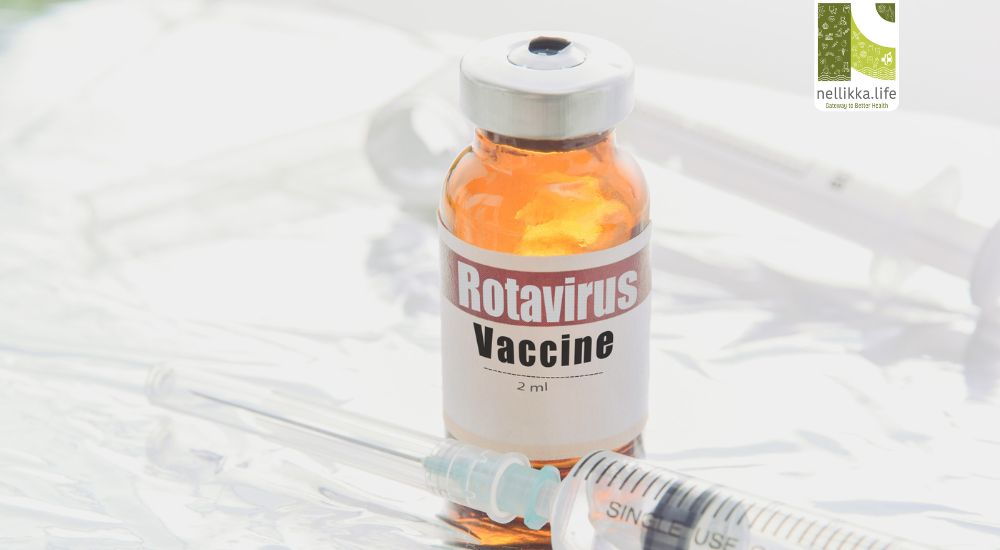Health Impact and Cost-Effectiveness of Rotavirus Vaccination in India

Introduction
Rotavirus is a leading cause of severe diarrhoea in infants and young children worldwide. In India, where diarrhoea diseases remain a major public health issue, rotavirus accounts for nearly 40% of all hospitalisations due to diarrhoea in children under five. The introduction of rotavirus vaccines into India’s Universal Immunisation Programme (UIP) has been a crucial public health intervention. But how effective is it, and is it worth the investment?
Let’s explore the health impact and cost-effectiveness of rotavirus vaccination in the Indian context.
What is Rotavirus?
Rotavirus is a highly contagious virus that causes gastroenteritis—an inflammation of the stomach and intestines. In young children, this can lead to:
- Severe diarrhoea
- Vomiting
- Dehydration
- Hospitalisation
- In extreme cases, death
According to estimates from the World Health Organisation (WHO) and Indian Council of Medical Research (ICMR), approximately 78,000 deaths and over 2 million hospital visits in children under five were attributed to rotavirus each year before the vaccine was introduced.
Introduction of Rotavirus Vaccine in India
In 2016, India rolled out an indigenously developed rotavirus vaccine—ROTAVAC—under the UIP, targeting children in a phased manner. By 2019, the vaccine was available across the country.
The recommended schedule is three oral doses at 6, 10, and 14 weeks of age, alongside other routine immunisations.
Health Impact: A Significant Success Story
1. Reduction in Hospitalisations
Post-vaccination surveillance data shows a significant decline in rotavirus-related hospitalisations among children. Studies from states like Tamil Nadu and Odisha showed a 40%–60% reduction in hospital admissions due to severe diarrhoea after the vaccine’s introduction.
2. Decrease in Mortality
While comprehensive nationwide mortality data is still emerging, localised data shows a decline in diarrhoea-related deaths. The National Health Mission and WHO-backed studies estimate that more than 30,000 child deaths are prevented annually due to the vaccine.
3. Herd Immunity Effect
Vaccination has also led to indirect protection for unvaccinated children and adults through reduced transmission—a benefit known as herd immunity.
Cost-Effectiveness: Value Beyond Numbers
1. Low-Cost Domestic Vaccine
One of the standout features of India’s program is the use of ROTAVAC, developed by Bharat Biotech in collaboration with international and Indian public health agencies. It costs as little as ₹60–₹70 per dose, making it highly affordable compared to global vaccines.
2. Healthcare Cost Savings
By reducing hospitalisations and outpatient visits, the vaccine saves significant healthcare costs:
- A 2021 study published in Vaccine journal estimated that rotavirus vaccination can save ₹1,000–₹2,000 per child in direct and indirect medical expenses.
- Nationwide, the savings amount to hundreds of crores annually in avoided hospital and treatment costs.
3. Return on Investment
The cost per Disability-Adjusted Life Year (DALY) averted through rotavirus vaccination in India is estimated to be well below India’s GDP per capita, which is a strong indicator of cost-effectiveness according to WHO thresholds.
Pneumosil: India’s Breakthrough Vaccine Against Childhood Pneumonia
After the successful development of the Rotavirus vaccine (Rotavac), India marked another major milestone in public health with the development of the Pneumococcal Conjugate Vaccine (PCV) by the Serum Institute of India (SII). Named Pneumosil, this vaccine was indigenously developed to protect children against pneumococcal diseases, including pneumonia, meningitis, and sepsis — major causes of child mortality globally. Launched in 2020, Pneumosil became the first Indian-made PCV and received WHO prequalification, making it eligible for global distribution through UNICEF and Gavi. Affordable and highly effective, it plays a crucial role in India’s Universal Immunization Programme and highlights the Serum Institute’s growing global leadership in vaccine innovation, accessibility, and child health protection.
Challenges and the Road Ahead
Despite its success, some challenges remain:
- Vaccine coverage is still inconsistent in some rural and underserved areas.
- Cold chain logistics and awareness need strengthening.
- Continued surveillance and monitoring are essential to adapt to emerging strains.
Conclusion
The rotavirus vaccination program in India stands as a public health triumph—a blend of science, policy, and affordability. It has not only saved thousands of young lives but also proven to be a cost-effective solution for a country that continues to battle childhood morbidity.
By continuing to invest in awareness, infrastructure, and surveillance, India can ensure that no child dies of a preventable illness like rotavirus-induced diarrhoea.
References
1. Effect of rotavirus vaccination on the burden of rotavirus disease and associated antibiotic use in India: A dynamic agent-based simulation analysis
2. WHO congratulates India for introduction of rotavirus vaccine in the routine immunization schedule
3. Partnering for rotavirus vaccine introduction in India: A retrospective analysis




